Individual and Group Skills Assessment: Communication Breakdown
VerifiedAdded on 2022/09/15
|5
|927
|23
Essay
AI Summary
This essay examines the concept of communication breakdown, focusing on the transactional model and individual and group skills assessment. It begins by defining effective communication as a two-way process where the message sent is understood by the receiver, highlighting the importance of communication models in simplifying complex interactions. The essay then discusses the transactional model, emphasizing the importance of feedback and its relation to social and relational contexts. A personal experience of communication breakdown in an organizational setting is provided, illustrating how lack of feedback and chaotic communication can hinder effectiveness. The essay also addresses various barriers to effective communication, including perceptual differences, language barriers, information overload, inattentiveness, and organizational hierarchy. It concludes by emphasizing the need for cooperation between sender and receiver, the role of the transactional model in ensuring successful communication, and the importance of addressing distractions and emotional states to overcome communication barriers. References to key communication theories and models support the analysis.
1 out of 5
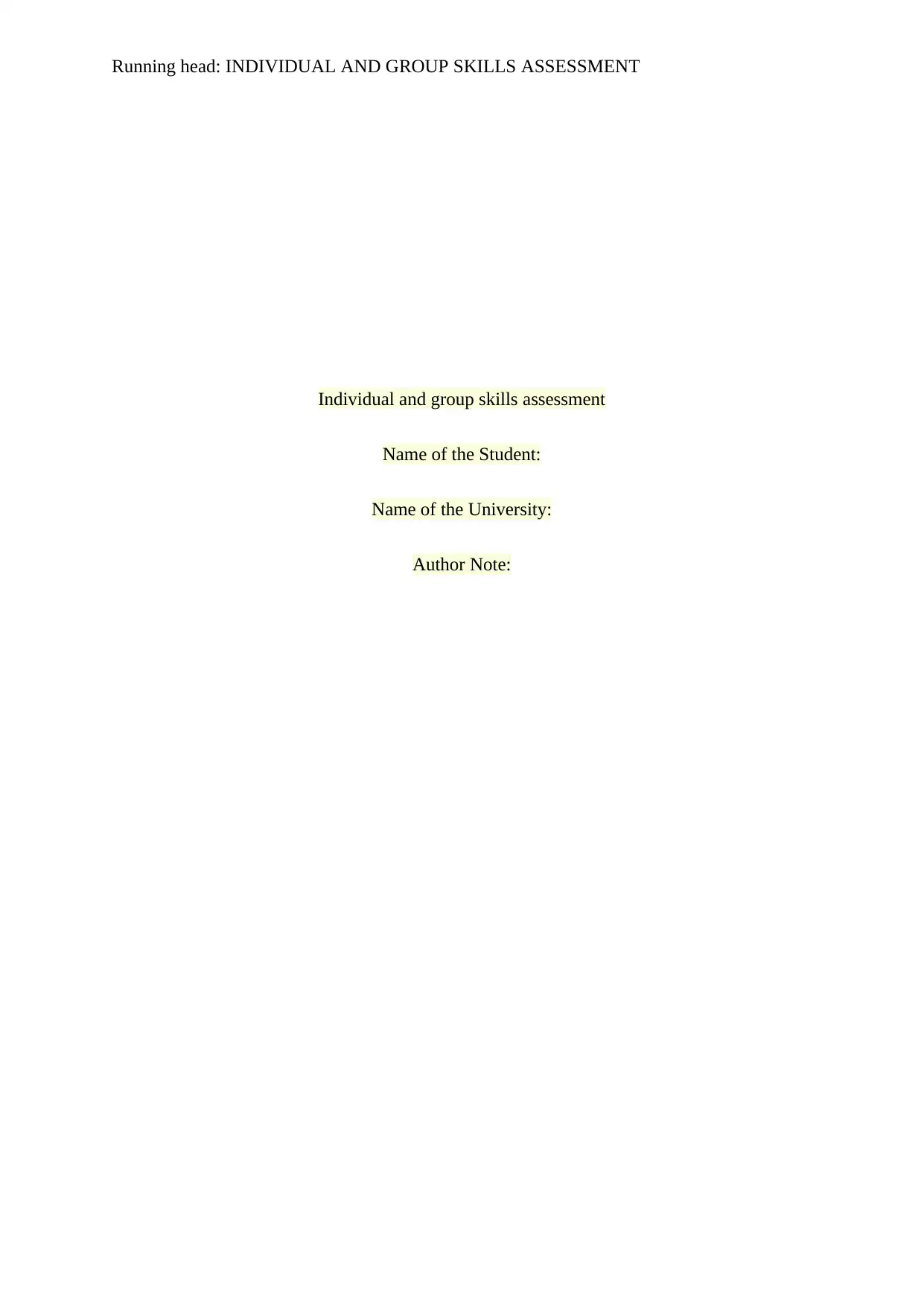
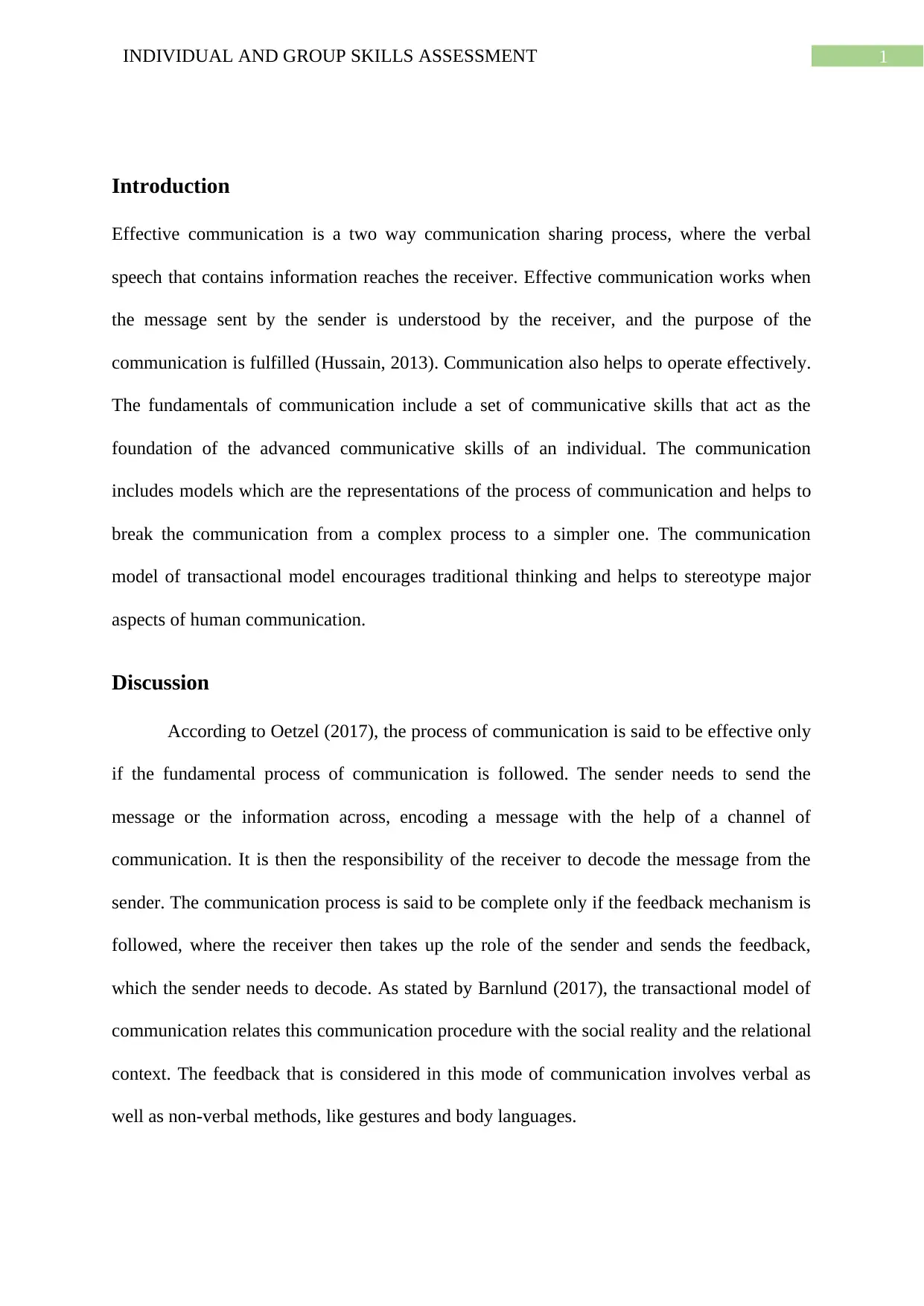
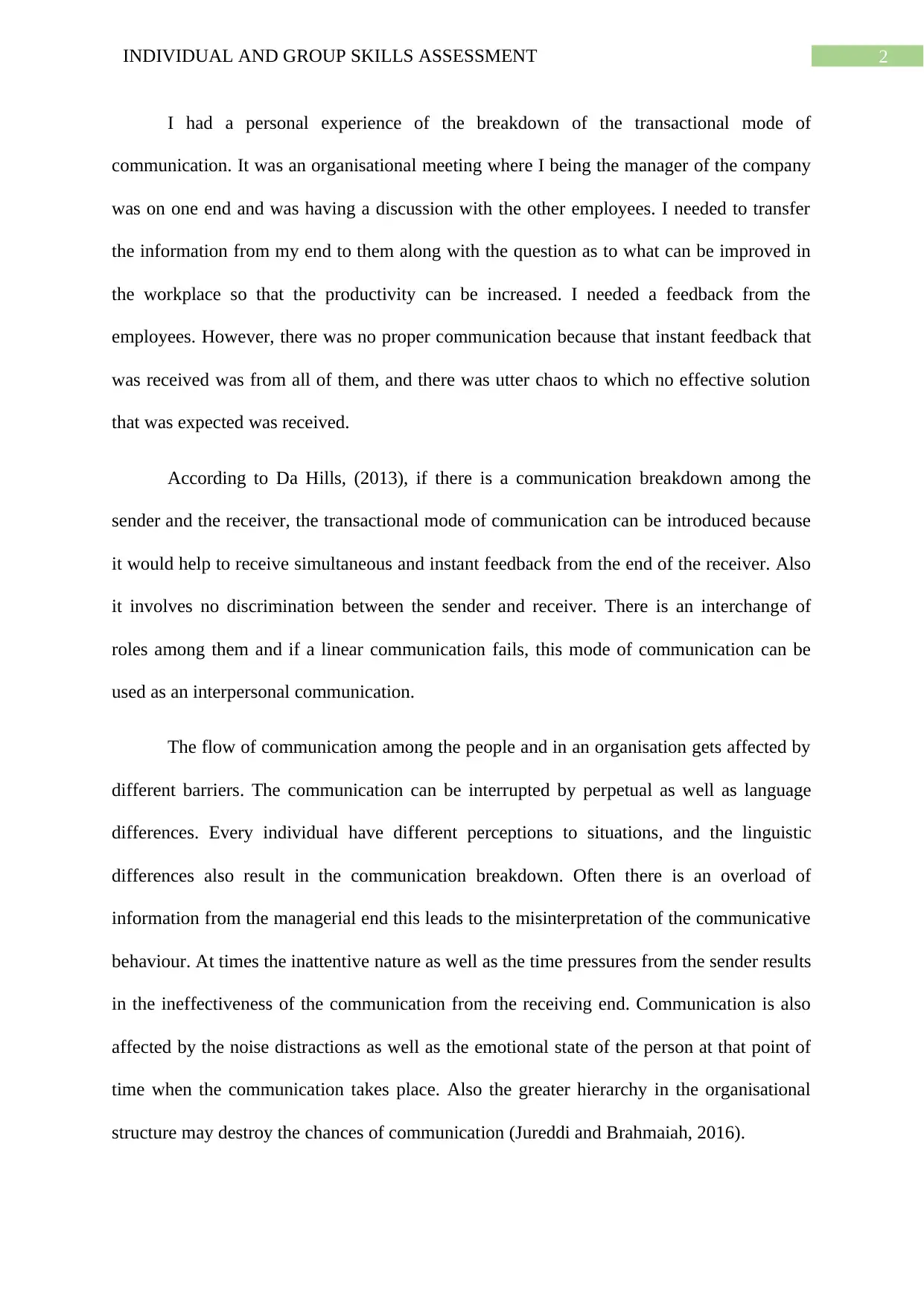

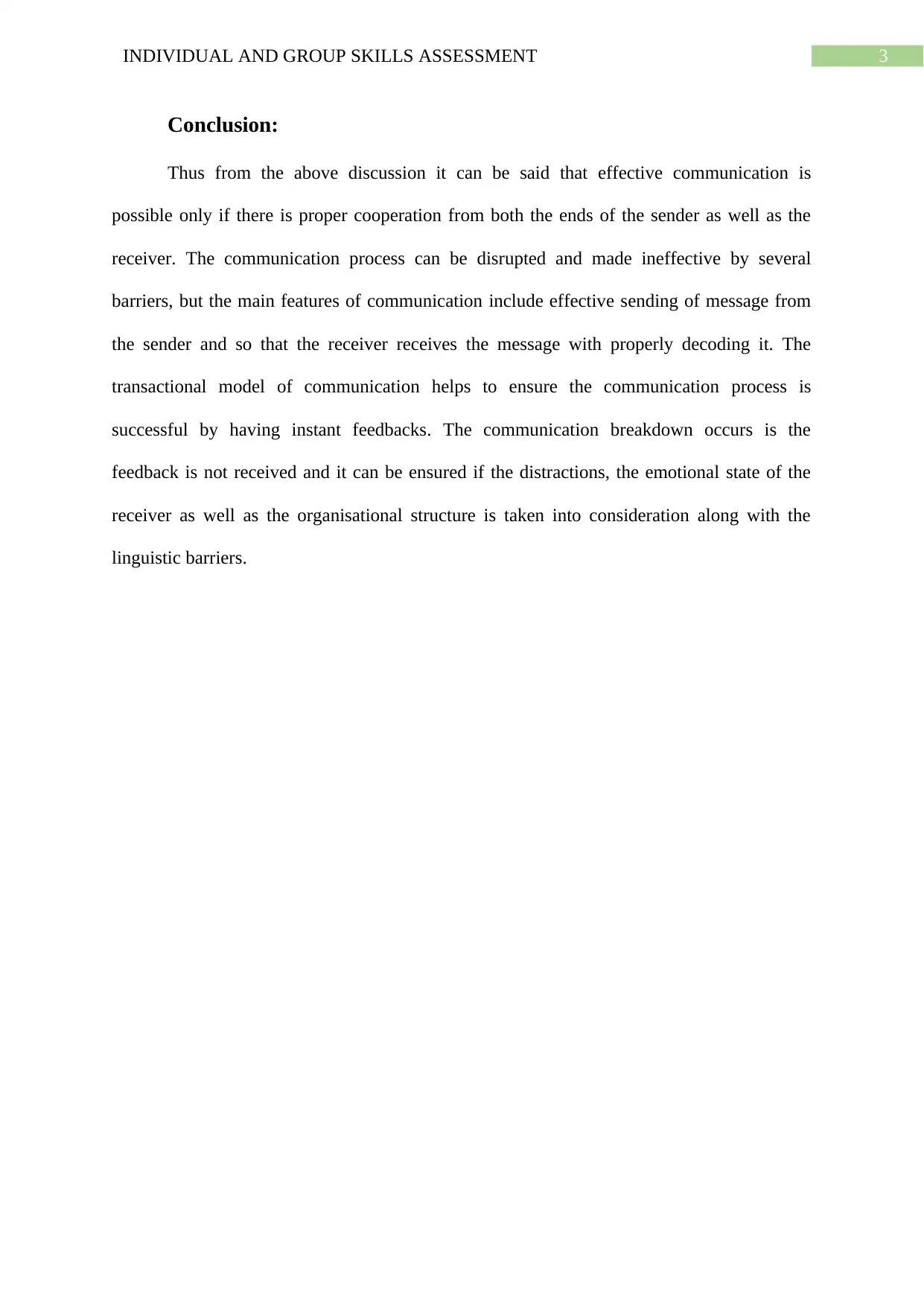
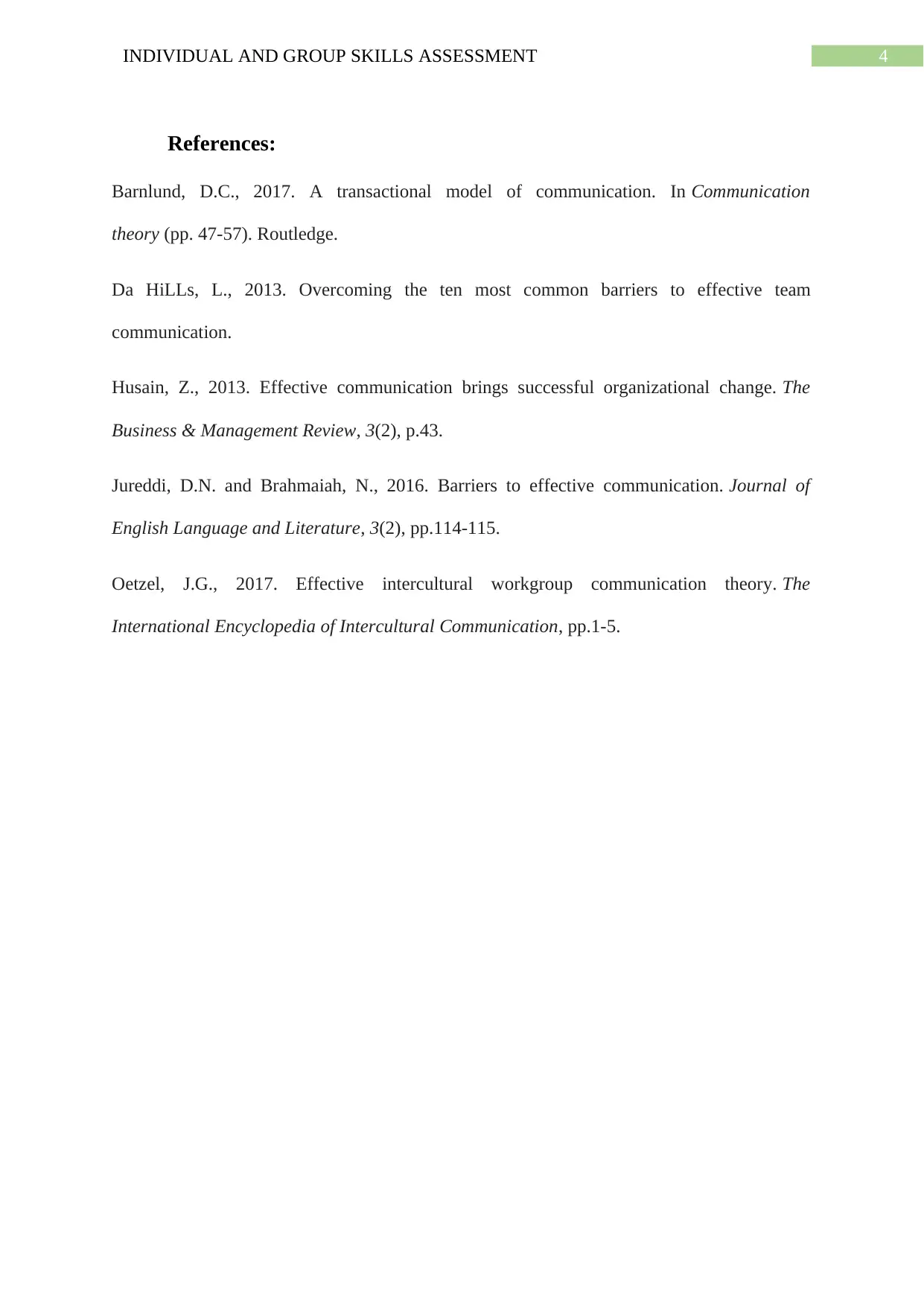






![[object Object]](/_next/static/media/star-bottom.7253800d.svg)